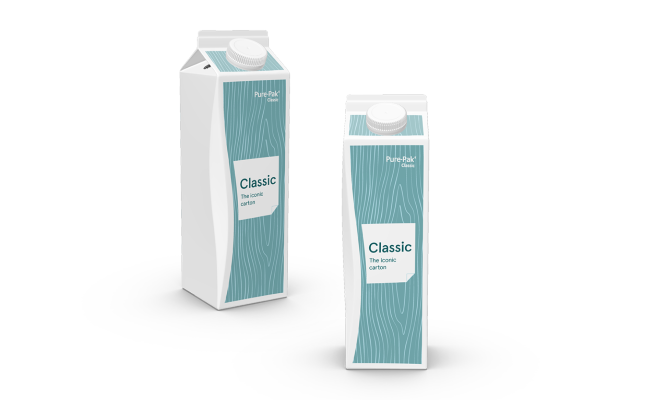Raymond Dube, Managing Director, Nampak Liquid Cartons
As inflation has a hit a 13-year in South Africa, brands have to work harder than ever in influencing consumers to choose their product over others. This is when packaging can play an important role as a powerful tool of communication and assurance of a brand’s differentiation, quality, and values to sway shoppers’ purchasing decisions.
What does it take for a product’s packaging to create the right lasting impression with consumers and position itself above any competitors?
Create impact visually
Packaging is often the first interaction a consumer has with a product and sets the tone for the perception of the brand going forward. Not only does the physical appearance of the packaging have to grab attention on the shelf, but it must also compel customers to buy it through clearly describing what the product is all about.
This is where the surface of the packaging plays a significant role. Liquid Board Packaging (LBP) cartons’ surface allows for the combination of high-quality printing and aesthetic decoration, emphasising a brand’s presence to the consumer and increasing sales appeal of the product. This is not just to catch the eye, but also to portray information about the product inside, such as nutritional value, ingredients, expiry date and other promotional messaging.
The choice of colours, fonts and graphics are important, but in addition, a distinctive design of the container also appeals to consumers through brand differentiation, functionality, and innovation. Nampak’s gable-top LPB carton for example, is visibly different. The top fin of the gable stands loud and proud, communicating the products best before date clearly from a distance. The square footprint allows for better shelf utilisation, and the wall of cartons packed together on a shelf collectively creates an impressive collage.
Speak to sustainability
Over half of consumers globally are willing to pay more for products and services from brands that are committed to enabling a positive environmental impact. Renewability, recyclability, and reducing waste and carbon emissions are just some of the sustainable attributes that appeal to today’s conscientious consumers wanting to make a difference to the future of the planet.
Made from virgin wood fibre, and sourced from responsibly managed forests (certified on the packaging through the Forestry Stewardship Council), LPB is deemed renewable, as trees are specifically grown for paper packaging, and once harvested, new trees are planted in their place. This renewal process plays an important role in the fight against global warming, as the newly planted trees absorb more carbon dioxide than fully grown trees and emit fresh oxygen. The carbon remains locked in the timber after it’s been harvested, manufactured into paper products, and even recycled.
Gable-top cartons are also 100% recyclable. Paper from liquid cartons once recycled, can be made into corrugated boxes, cardboard, kitchen towelling and takeaway cup holders, which can be further recycled around another six times. The plastic and foil layers from the carton can also be fashioned into various products, from planks, pallets, and outdoor furniture, to school desks and roof tiles.
LPB packaging can also respond to concerns about food waste. Designed to extend shelf life through the heat and light barrier qualities of the materials, LPB protects the beverage inside until consumed, and therefore reduces unnecessary waste. In addition, carton packaging with easy-to-fold-lines enables more product to be squeezed out of the pack, which is ideal for minimising waste.
Offer protection and safety
The fundamental purpose of packaging is to protect and preserve its contents, which have become even more significant during the Covid-19 pandemic as consumers are seeking safety and hygiene assurance.
Barrier properties of the packaging is essential to maintain the quality of the product and prolong its shelf life. As it is made from wood, LPB is an effective insulator, protecting its contents against changes in temperature, making it ideal for sensitive liquids vulnerable to contamination from heat, such as dairy. Paperboard also has a protective barrier coating against light. Milk is extremely sensitive to excessive light, and the barrier can prevent a change in the composition, flavour and shelf life of the product
Sealed airtight packaging can reduce exposure to elements, which could potentially alter a product. The tamper evident closures on Nampak’s cartons guarantee consumers that the product inside has not been opened or tampered with before going into their trolley, therefore affecting its quality and safety.
While packaging must protect the product inside, it also has to be able to withstand any harm to itself. As most retailers know, consumers will push aside products that look like they have been damaged or broken. In LBP packaging, the paperboard provides strength. Together with the cartons’ rigid shape, this prevents spoilage through mishandling and in turn ensures product longevity from producer to consumer.
From visual design to environmental stewardship and safety, when it comes to packaging with punch, LPB gable-top cartons offer an ideal solution to ensure a positive product experience for consumers, and ultimately, attract a loyal customer base.









